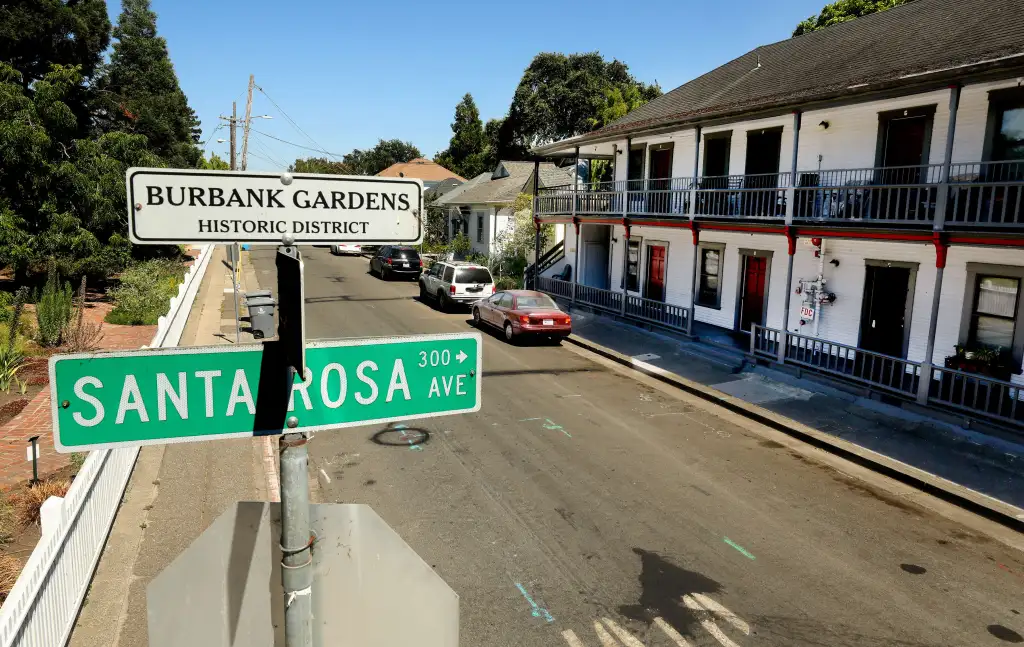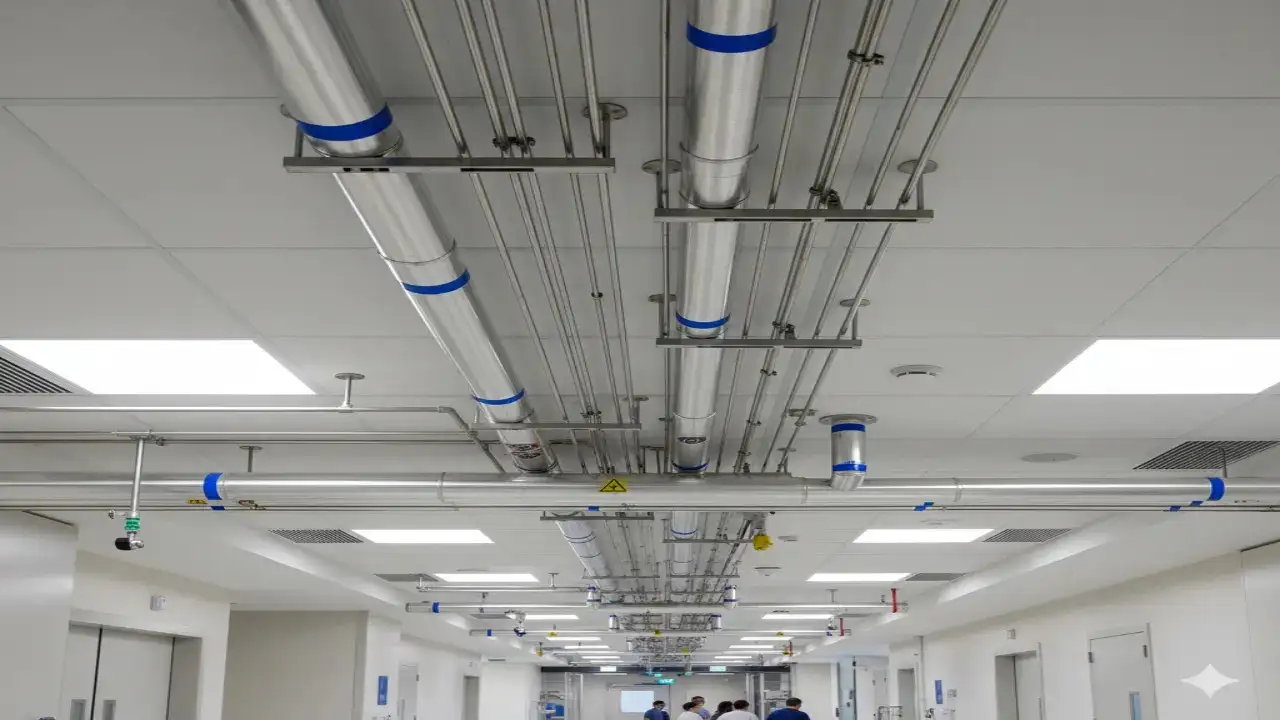Copyright Santa Rosa Press Democrat

Santa Rosa will now allow duplexes and small apartment buildings on nearly 2,000 properties zoned for single-family homes — a sweeping zoning change that city officials say will expand housing options but some residents fear could push them out. Under the changes, duplexes, townhomes and garden-style apartments with up to 20 units would be allowed in areas on the edges of the city center and near some commercial corridors. Such missing middle housing was common decades ago but has largely given way to larger single-family homes and bigger multifamily projects. Planning officials and housing advocates say the new small- to-midsize-density housing could help fill a gap in the local market and better serve working-class residents, young families and older adults who want to rent or own in a city that has become increasingly out of reach. The Santa Rosa City Council approved the changes during a more than nine-hour meeting Election Day. But the move has stirred concerns among some residents who say it could alter the character of their neighborhoods and threaten existing affordable options if developers seek to capitalize on the new rules. Al Stavola said his family’s Kingwood Street home was one of the few places they could afford to buy on a single income. “I do think there is a need absolutely that you have correctly addressed for affordable housing in the area,” he said. “But for some of us, this is what we can afford and if we feel we’re being forced out this could very much ruin our lives.” The change is not expected to trigger immediate construction, but it would allow the city to plan for future growth and redevelopment of existing areas, Planning and Economic Development Director Gabe Osburn said. How would it work? The planning team worked with a consultant to analyze parcels across the city near public transportation and existing services, identifying 1,991 properties where higher density was appropriate, senior planner Amy Nicholson said. Areas include five of the city’s eight preservation districts — including Burbank Gardens and the West End — the Junior College neighborhood, parts of Sebastopol Road and Farmers Lane, Bennett Valley and the area around Coddingtown Mall. Under the new zoning designation, projects must meet development standards such as minimum setbacks and a maximum height of 35 feet. Parking is encouraged behind buildings and projects must provide street-facing entrances, such as stoops or courtyards. Projects on sites 4 acres or larger must include shared community spaces such as pocket parks or greenways. Projects in historic neighborhoods also must comply with existing design guidelines to maintain the historic look of those areas, Nicholson said. Projects that meet all development standards will be allowed by right and exempt from design review and use permit requirements. Nicholson said projects in historic districts will still require a landmark alteration permit, which is reviewed by the Design Review and Preservation Board. City staff plan additional outreach The idea of allowing missing middle housing in historically single-family areas has been discussed by city officials for years. The proposal has been championed by housing proponents, including housing advocacy nonprofit Generation Housing, to help meet state-mandated housing goals and diversify the city’s housing stock. Resident Abby Arnold, who moved to Santa Rosa about two and a half years ago, said the changes could spur creation of smaller, more affordable options for people who have been priced out. “We really need to have housing available for everyone and our lack of available housing has had so many consequences,” she said. She said limited options have pushed families away, contributing to enrollment declines at area schools that now face mounting budget shortfalls. But the new zoning raised alarms in two established neighborhoods in west Santa Rosa. Gwen Riddell, who has lived in a subdivision of 32 homes near the DeTurk Round Barn in the West End, said her small neighborhood is already densely built and that adding more units would lead to overcrowding. She urged the council to reconsider rezoning the subdivision. On Kingwood Street, west of Dutton Avenue, residents worried their working-class neighborhood could be redeveloped and said the city had not clearly communicated the proposed changes and potential impacts, particularly to Spanish-speaking residents. Osburn said staff recognize such concerns are common with broad zoning changes. He stressed the new designation would not affect the legality of existing homes or force anyone to redevelop. Any additional units, he said, would be optional and likely come gradually. Council members debated how to balance current residents’ concerns with long-term growth needs. Council member Victoria Fleming cautioned against going street by street and removing individual properties from the map but supported directing staff to continue outreach in affected areas. Council member Caroline Bañuelos, who represents the two neighborhoods in District 5, also backed further conversations with residents. Mayor Mark Stapp was hesitant to make last-minute changes from the dais that could have long-term implications for how the city is redeveloped over time. Osburn suggested temporarily leaving the two neighborhoods off the proposed zoning maps while staff conduct more outreach. “We obviously want to test out this concept and create opportunities but if it’s not the right time for this neighborhood we can put it on the shelf,” he said. Staff plan to meet with residents to explain the proposal and return to the council with a recommendation at a future meeting. The council ultimately approved the zoning changes on a 6-0 vote, with Vice Mayor Eddie Alvarez absent. Other zoning changes The missing middle housing designation was part of a broader package of zoning code amendments intended to align city rules with the General Plan 2050, approved in June. The council also approved rezoning just under 2,100 properties to match the underlying land-use designations in the new plan. About two dozen parcels are being rezoned at the request of property owners or to support the city’s push for more development near commercial centers and transit corridors. The updates also streamline certain types of housing and economic development projects and support environmental goals, staff said. Duplexes and detached units on the same parcel, now classified as multifamily housing, will be exempt from design review. Permitting for electric vehicle charging stations will be streamlined to encourage more EV use. New development standards will require a biological resources assessment on properties with potential sensitive habitat or species, even when not mandated under state environmental laws. Nonresidential projects 100,000 square feet or larger in health equity priority areas — including parts of southwest Santa Rosa and near Coddingtown — will require a health impact assessment. You can reach Staff Writer Paulina Pineda at 707-521-5268 or paulina.pineda@pressdemocrat.com. On X (Twitter) @paulinapineda22.



